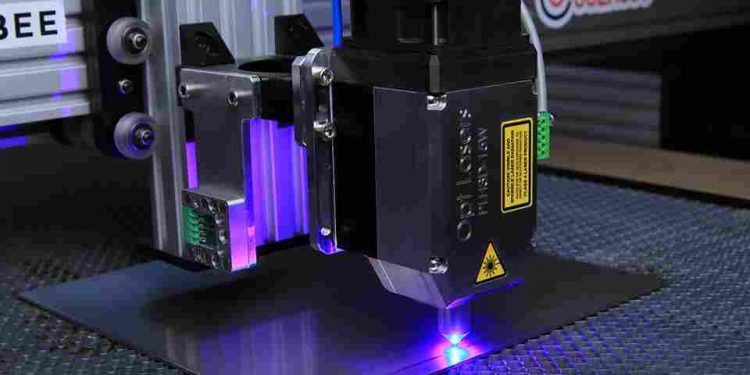Recently, among modern technology trends, 3D laser scanning has emerged as a useful and transformative tool that can revolutionize multiple industries.
It allows businesses to capture three-dimensional data on physical objects and environments in a highly precise way.
Let’s check what technology stands behind cutting-edge 3D laser scanning, which businesses can benefit from implementing it, and why they should.
What Is 3D Laser Scanning?
3D laser scanning is a non-contact, high-precision method of gathering 3D data about an object or an environment.
By using laser beams, it measures the distances to surfaces and objects, creating a detailed and accurate 3D representation of the scanned area.
The scanning process can be broken into a few steps, such as:
- Laser beams emission towards the object or environment being scanned. These laser beams bounce off the surfaces and return to the scanner.
- Calculating the time for the laser beams to travel to the surfaces and back. This step helps to determine the distance between the scanner and the object’s surface.
- Performing multiple scans from different angles and positions to create a comprehensive 3D model.
- Integrating data from each scan to get a unified 3D point cloud, which represents the object or environment’s shape and features.
Which Businesses Can Benefit From Implementing 3d Laser Scanning?
Truth be told, there are numerous industries that can greatly benefit from using 3D laser scans in their operations.
These are, for example:
- architecture and construction to create detailed models, monitor construction progress, and assess structural integrity,
- engineering to analyze and document existing structures, machinery, and infrastructure, facilitating renovations,
- archaeology and cultural heritage to document historical sites, artifacts, and cultural heritage preservation,
- surveying and mapping to create topographic maps and accurate terrain models,
- manufacturing and quality control to inspect and measure manufactured components, ensuring quality and precision,
- forensics and crime scene investigation to document crime scenes, preserving vital evidence for investigations and court proceedings.
What Are The Key Benefits Of 3d Laser Scanning?
As already mentioned, the main advantage of 3D laser scanning is its capability to provide highly accurate and precise measurements. As a result, it significantly reduces the margin of error in various applications.
What is more, it allows businesses to increase the efficiency of their operations by saving time and resources when compared to traditional manual measurement methods.
It is also worth mentioning that laser scanning is non-contact, which makes it perfect for scanning sensitive objects without causing any damage.
Finally, models generated from laser scanning allow businesses to perform in-depth analysis and visualization, which can improve decision-making processes.
All in all, 3D laser scanning is a cutting-edge technology that can be applied across various industries. It is already an invaluable tool for architects, engineers, and archaeologists. Nevertheless, as technology continues to advance, we can expect even more improvements in the world of 3D laser scanning.
Follow Techdee for more!





